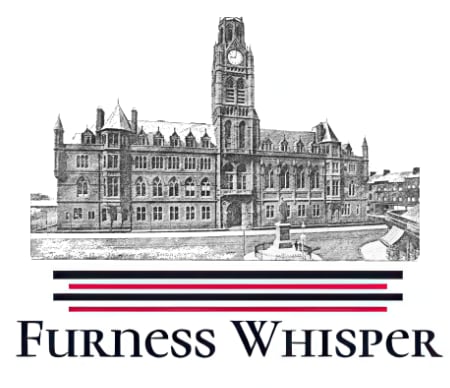
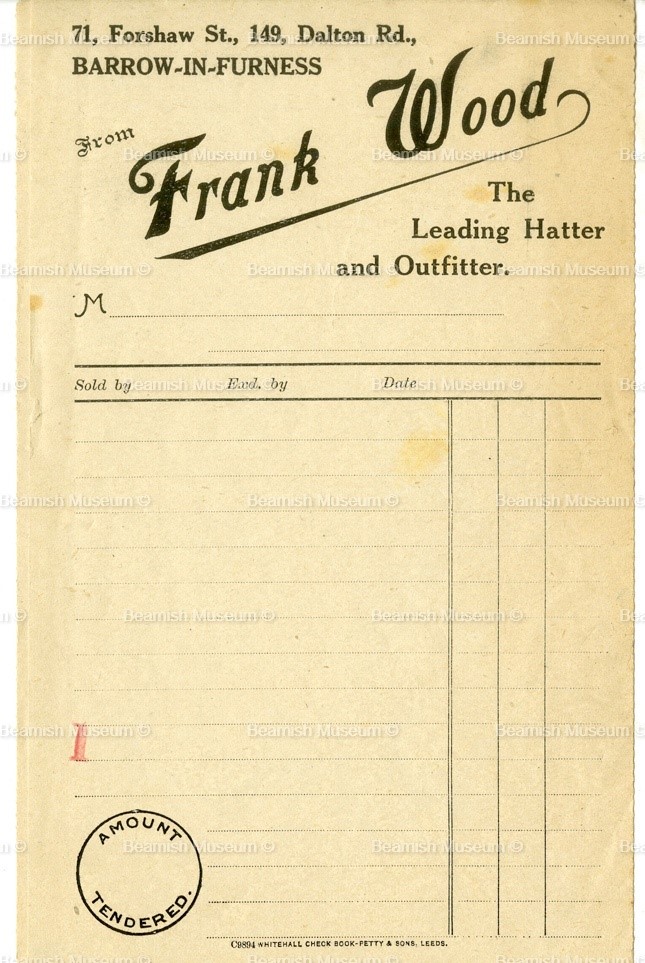

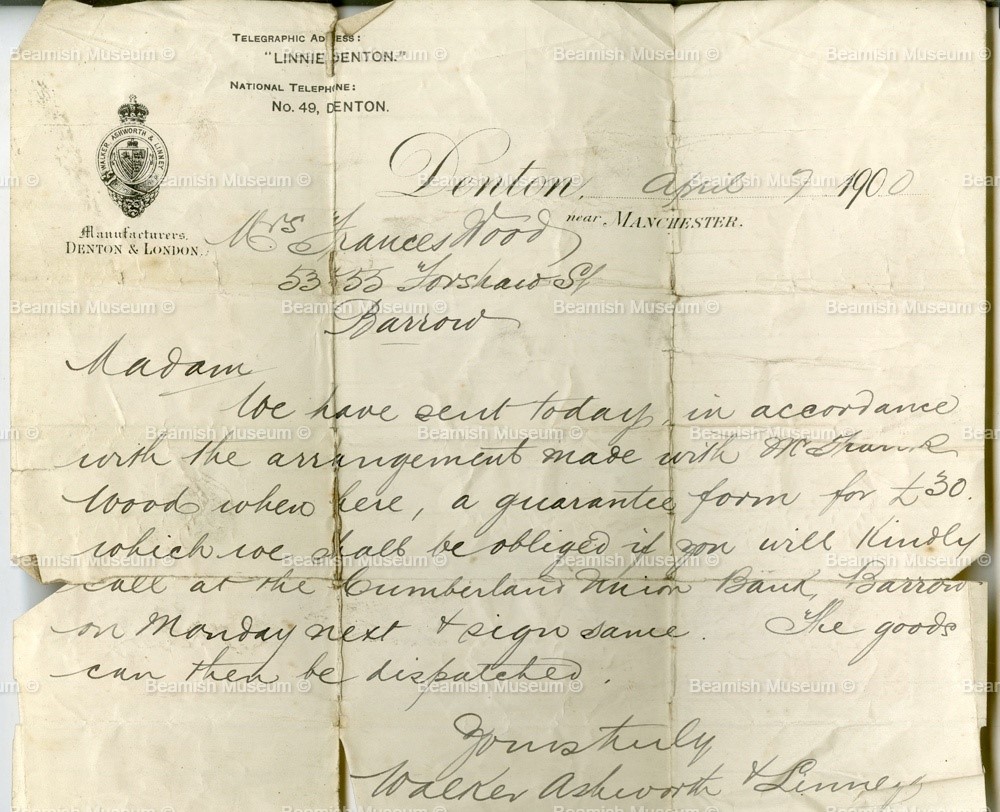
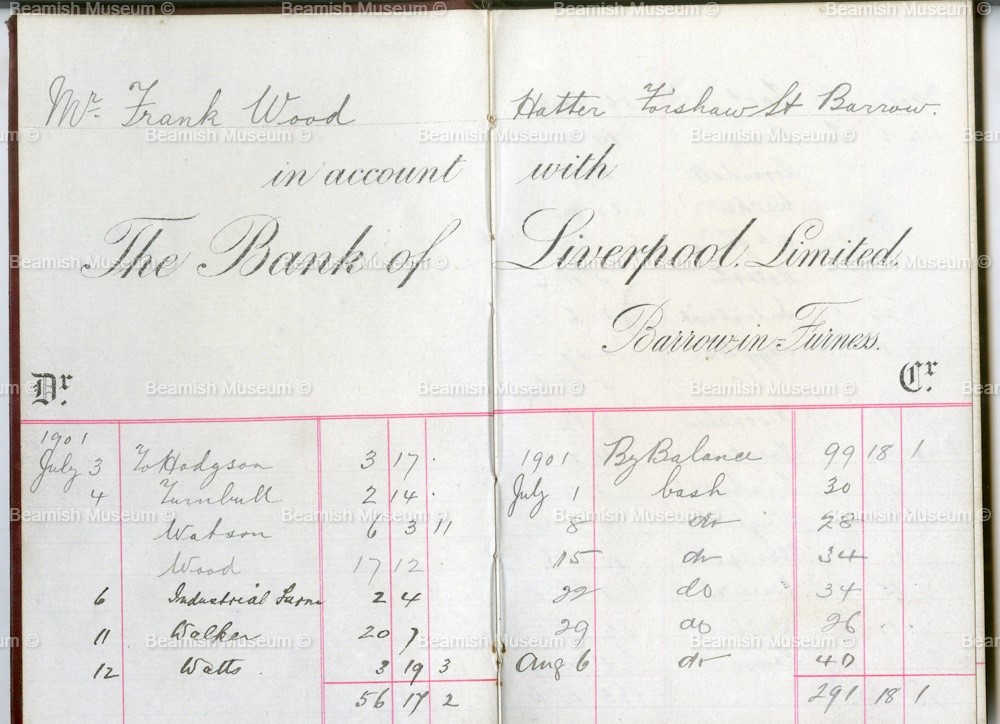

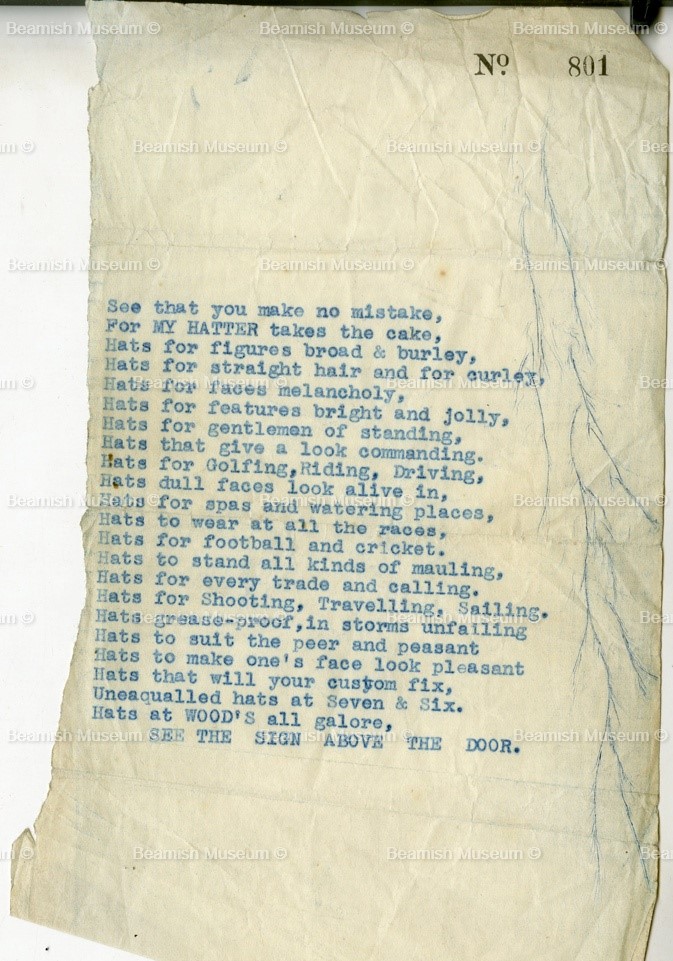
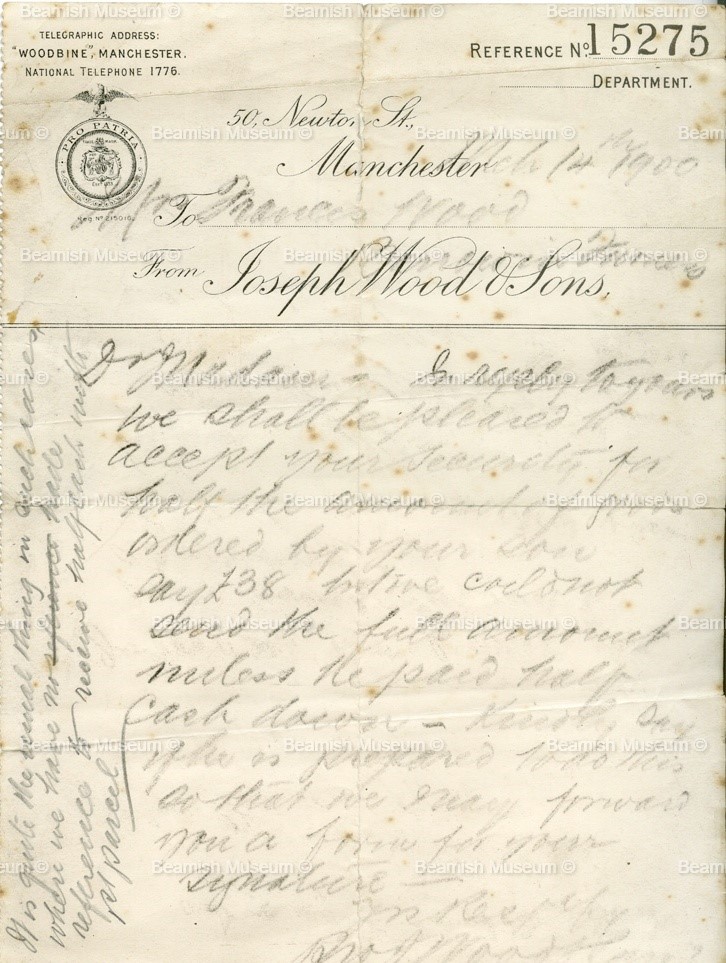
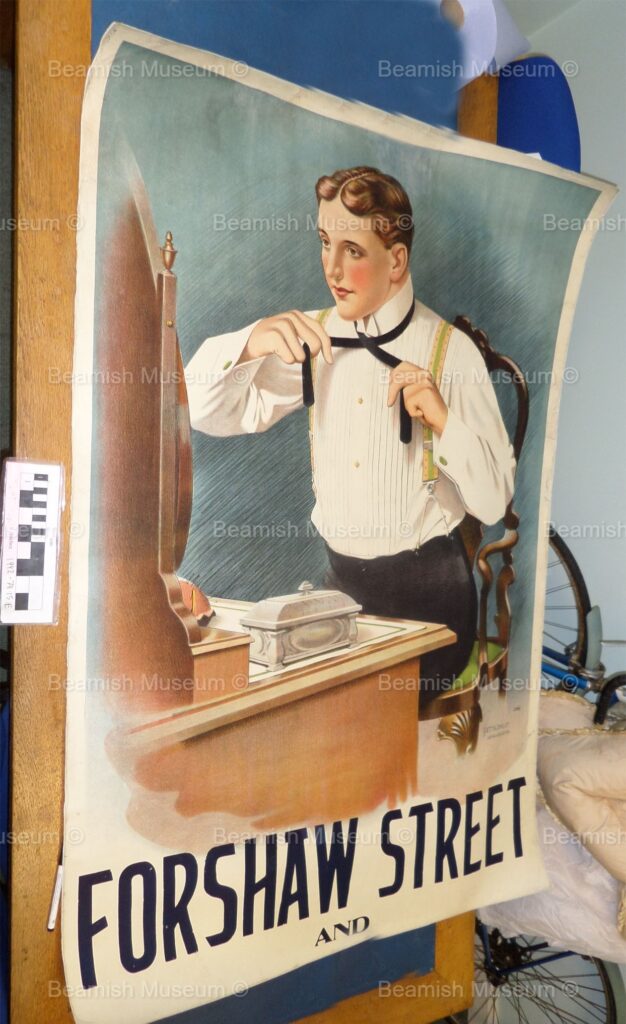

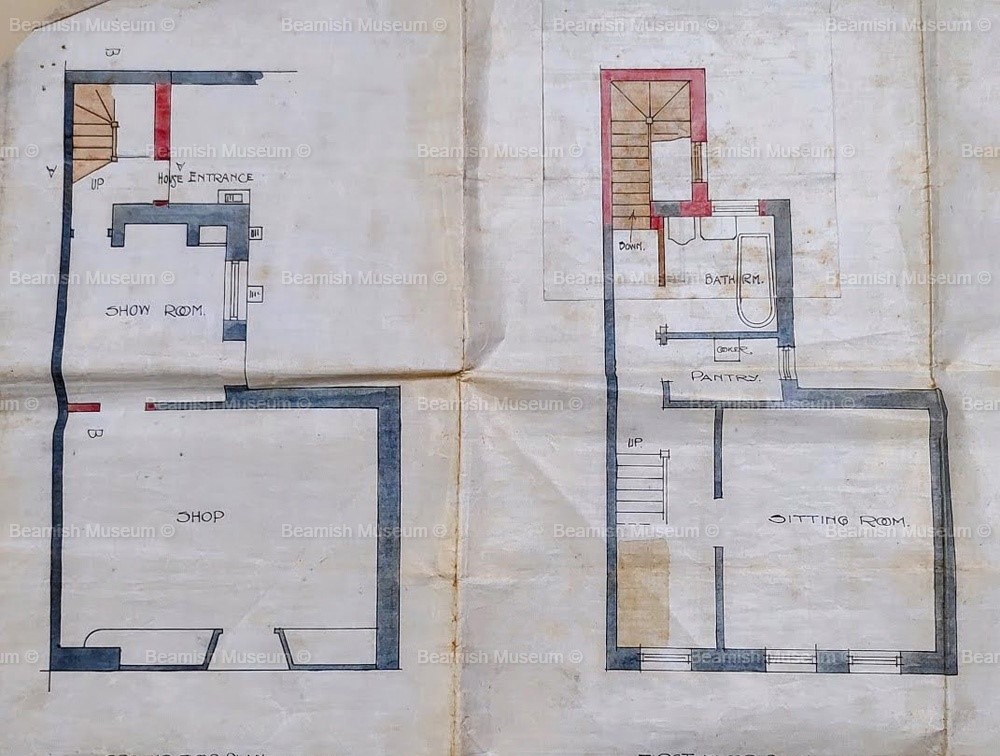
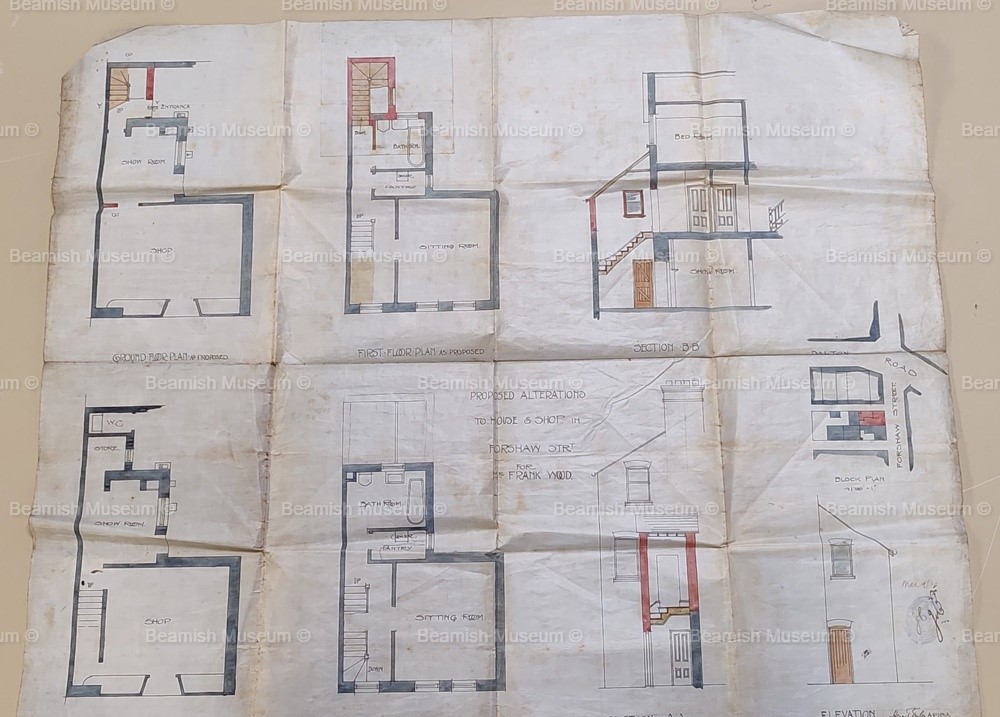

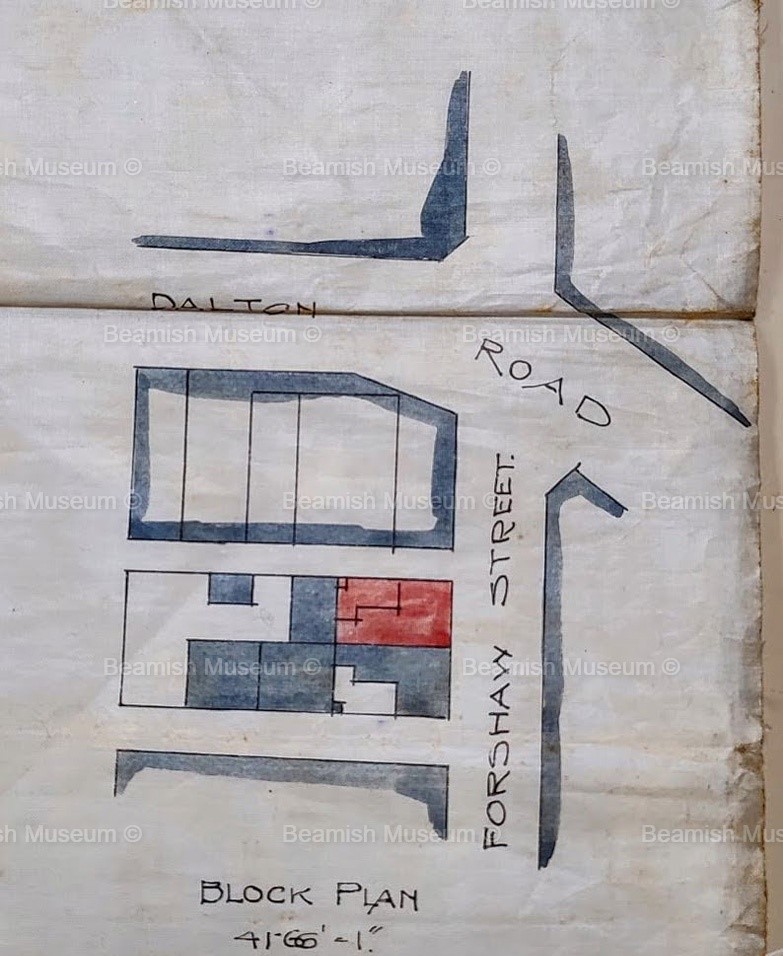
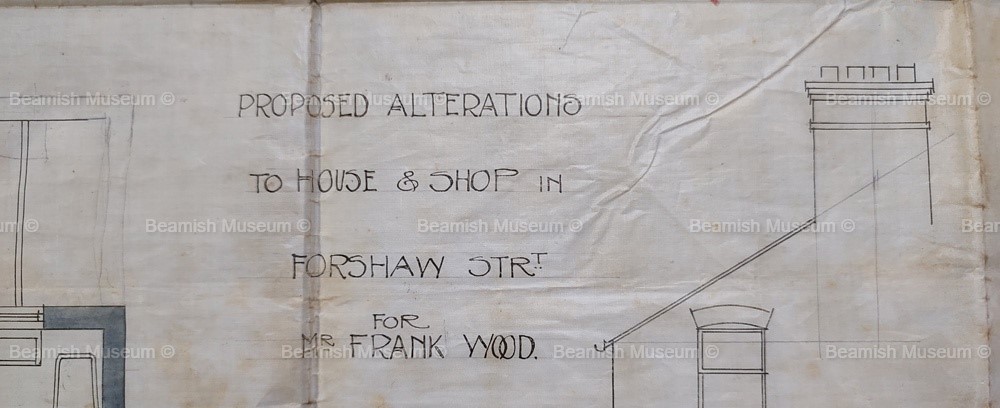

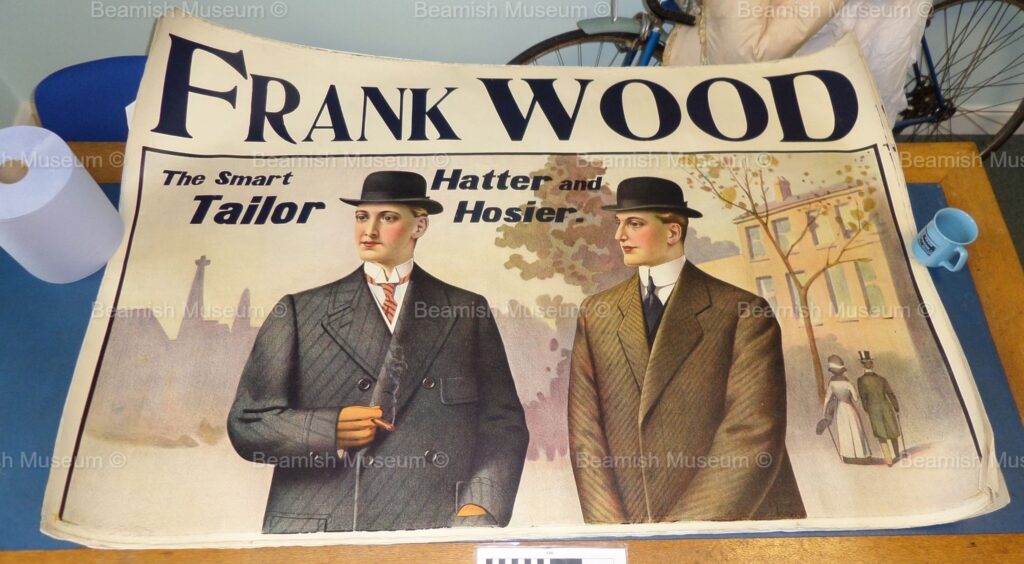
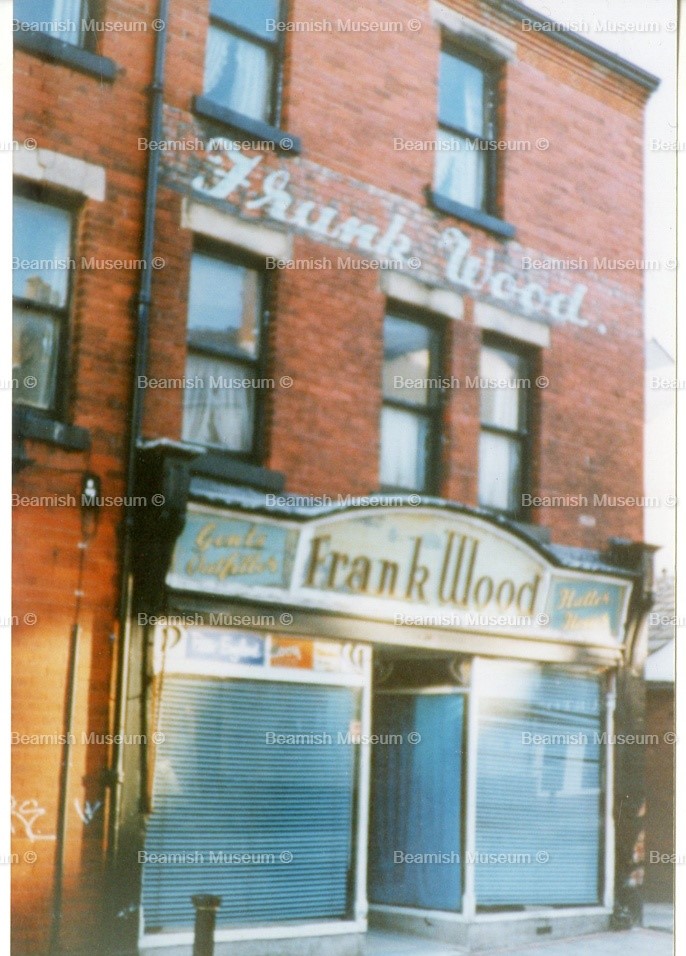
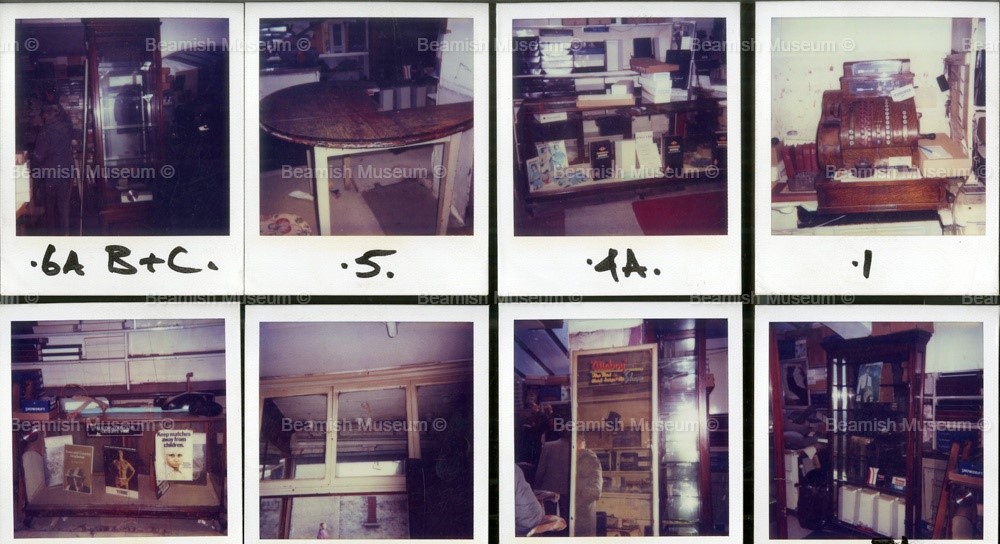
Imagine strolling down the cobbled streets of Barrow-in-Furness in the late 1800s, the crisp sea air whipping through your hair and the cry of gulls echoing overhead. Amidst the bustling crowds and the clatter of horse-drawn carriages, a handsome storefront beckons: Frank Wood’s Hat Shop.
For over 90 years, this establishment reigned supreme, its windows displaying a dazzling array of hats – sleek fedoras in rich felt, bowler hats gleaming under the gaslight, and jaunty caps in tweed and velvet.
Step inside, and you’re enveloped in the warm scent of leather and polished wood. The shop is a haven of gentlemanly elegance, with shelves stacked high with hatboxes and the soft murmur of conversation filling the air.
But here’s the twist that would have history’s fashionistas gossiping like nobody’s business: Frank Wood’s wasn’t just about hats. Buckle your cravats, because they were also known as gentlemen’s outfitters. Now that sparks the imagination, doesn’t it? A one-stop shop for the discerning gentleman in the 19th and early 20th centuries!
The question that’s got us digging through dusty fashion archives is this: Did Frank Wood’s sell the whole ensemble? Suits sharper than a freshly honed quill? Cravats so dazzling they’d make peacocks jealous? Perhaps a cane with a silver handle, tapping rhythmically on the cobblestones?
Unfortunately, the trail runs a bit cold. While history whispers of them being outfitters, exactly what other treasures they stocked remains a mystery. Did the closure in 1992 send their dapper suits and dashing cravats to a secret fashion Valhalla? Or were they simply cast aside in the ever-changing winds of style?
The Plot Thickens!
But wait! There’s more to this story than meets the eye. It seems the trail of Frank Wood’s doesn’t end with its closure in 1992. Rumours on the streets of Barrow-in-Furness suggested that parts of the shop were saved and relocated to Beamish Museum.
Here’s what we now know for certain:
Beamish Museum did acquire some items from Frank Wood’s when it closed (Reference: 1992-78). However, these did not include hats, suits, or any other stock from the shop. Instead, the museum obtained:
![]() Display cases, shelves, and mirrors
Display cases, shelves, and mirrors
![]() A till and portable display stands
A till and portable display stands
![]() Various ephemera relating to the business
Various ephemera relating to the business
Originally, these items were intended for a planned arcade of shops in Beamish’s 1900s town, but unfortunately, that project never materialised. Instead, some items have been used in existing exhibits:
A wall clock from Frank Wood’s shop is displayed in the 1900s Bank
Several display stands are located in the 1900s Co-op Haberdashery
The rest remains in storage, awaiting possible future use.
So, what about the legendary hats? Despite local whispers suggesting that Frank Wood’s hats might be at Beamish, there is no record of any stock being part of the museum’s acquisition. It seems that any remaining hats, suits, or accessories were either sold off, discarded, or remain in private collections.
A Glimpse into Frank Wood’s Legacy
![]() Surviving Advertisement – Frank Wood’s Hat Variety
Surviving Advertisement – Frank Wood’s Hat Variety
An intriguing piece of Frank Wood’s history still exists in the form of a vintage advertisement found among surviving documents. This typewritten promotional leaflet (pictured below) captures the wide range of hats once available at Frank Wood’s:
The flyer enthusiastically boasts:
See that you make no mistake,
For MY HATTER takes the cake,
Hats for figures broad & burly,
Hats for straight hair and for curly,
Hats for faces melancholy,
Hats for features bright and jolly…
The list goes on, emphasising the variety and quality of hats once available at Frank Wood’s. This rare surviving piece gives us a first-hand glimpse into the shop’s grand reputation.
![]() Pexwear & Frank Wood’s Connection
Pexwear & Frank Wood’s Connection
Another rare find related to Frank Wood’s Hat Shop is a 1924 advertisement for “Pexwear”, a clothing brand that promoted hygienic workwear for butchers and tradesmen. Interestingly, Frank Wood is featured at the bottom as a hatter and hosier, advertising his business at 71 Forshaw Street, Barrow-in-Furness.
The ad promotes Pexwear aprons and clothing, emphasising clean, well-cut workwear as essential for tradesmen. It even offers a £5.50 prize for the best slogan to accompany the ad!
This document not only confirms Frank Wood’s involvement in hosiery and workwear but also ties him to a broader clothing trade beyond just hats.
A Special Thanks
A huge thank you to Dan Hudachek from Beamish Museum for his time, for sharing these incredible photographs and records with us all. His insights have helped bring more clarity to what happened to Frank Wood’s shop after it closed.
If you’ve never been to Beamish Museum, I strongly encourage you to visit. It’s an amazing way to step back in time and experience what life was like in the past. The museum is dedicated to preserving the history of working-class people, trades, and industries, making it a must-visit for history lovers.
The End of the Trail?
While Beamish Museum has preserved some physical remnants of Frank Wood’s, its fashion legacy remains elusive. Those hoping to find a lost collection of Victorian and Edwardian hats will have to look elsewhere—perhaps in the attics of Barrow, among family heirlooms, or hidden in historical archives.
However, with surviving advertisements like these, we can still catch a glimpse of what Frank Wood’s once was—a thriving hub of men’s fashion, from fine hats to practical workwear.
#FrankWoodsHatShop#BarrowInFurness#VintageFashion#Menswear#HistoricalMystery#BeamishMuseum#FashionHistory#Hats#VictorianFashion#EdwardianFashion#Cumbria
